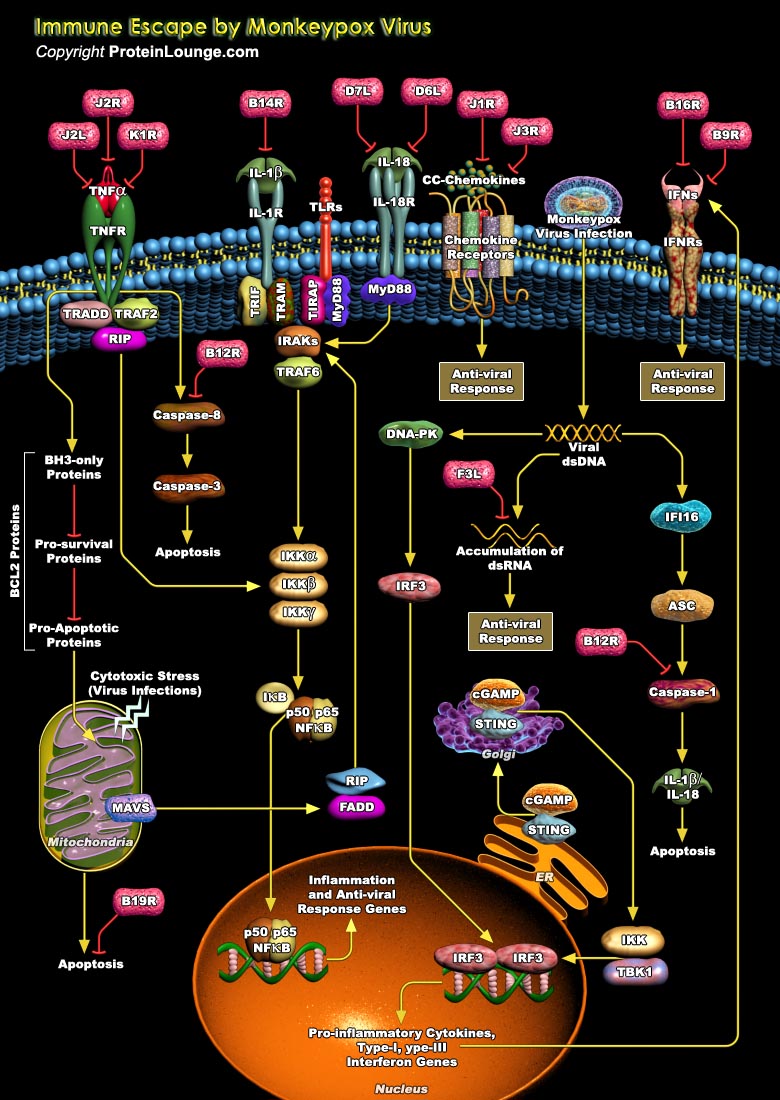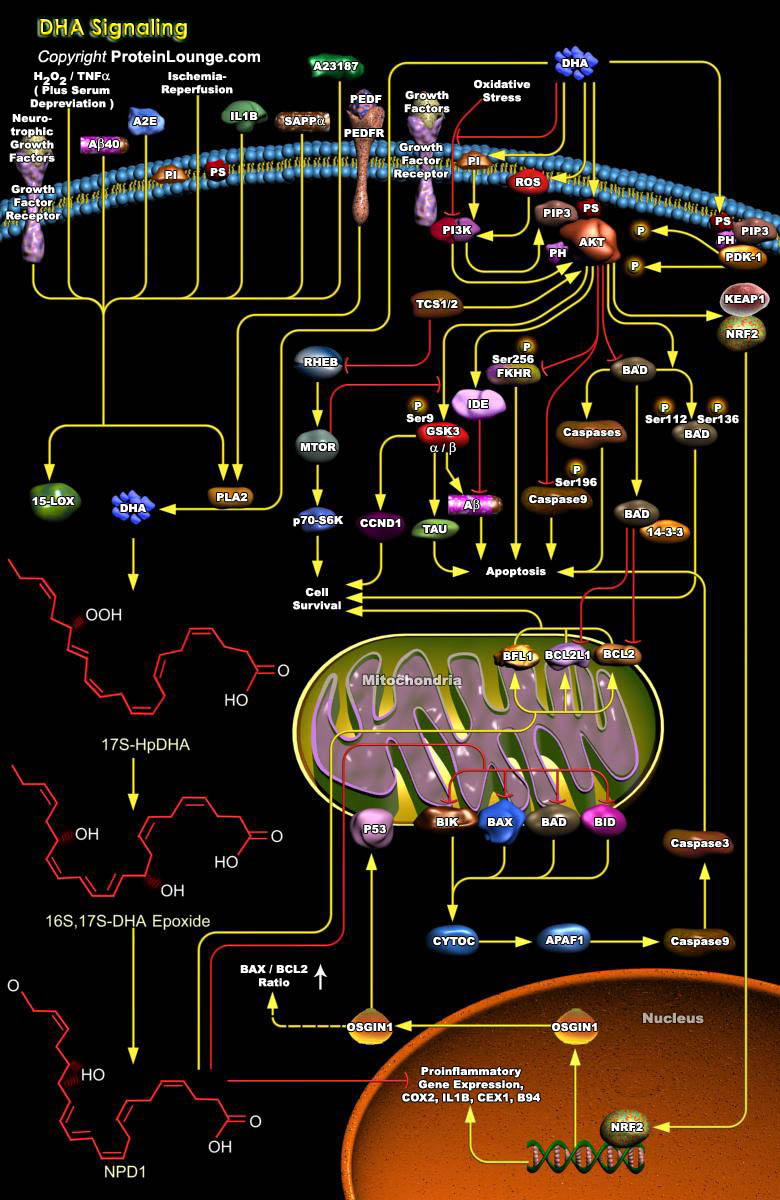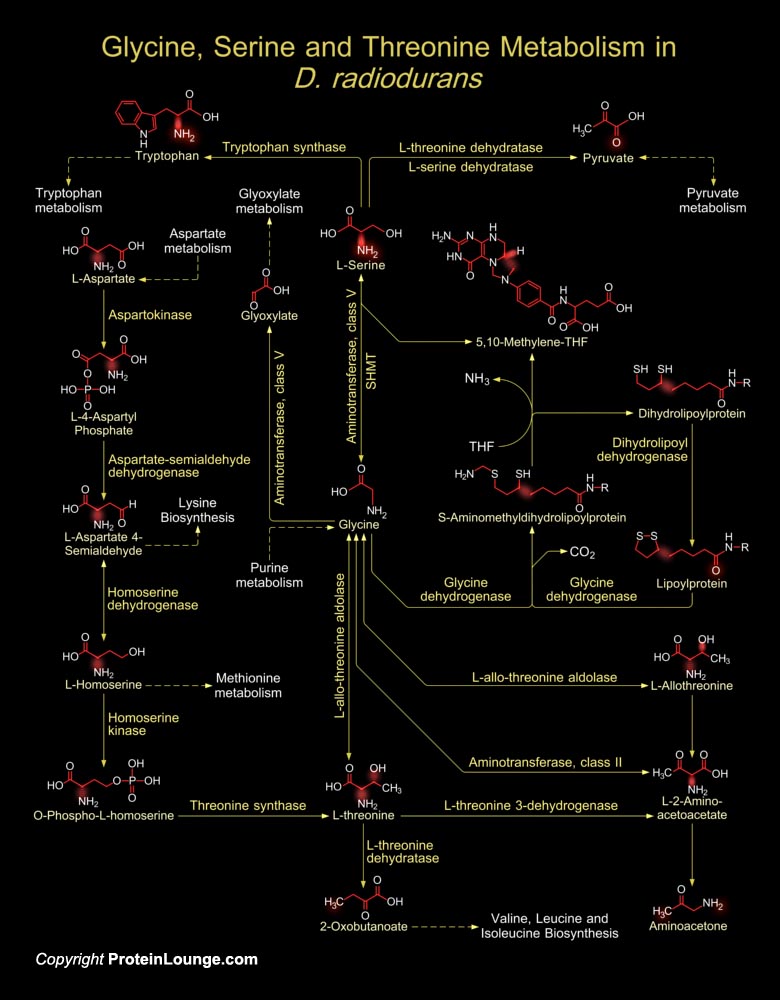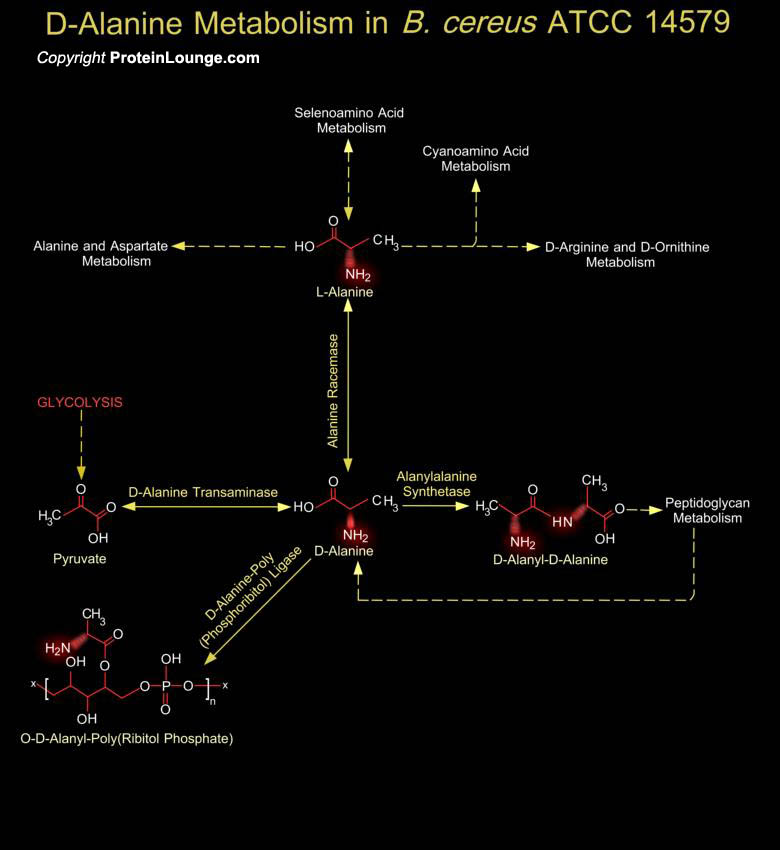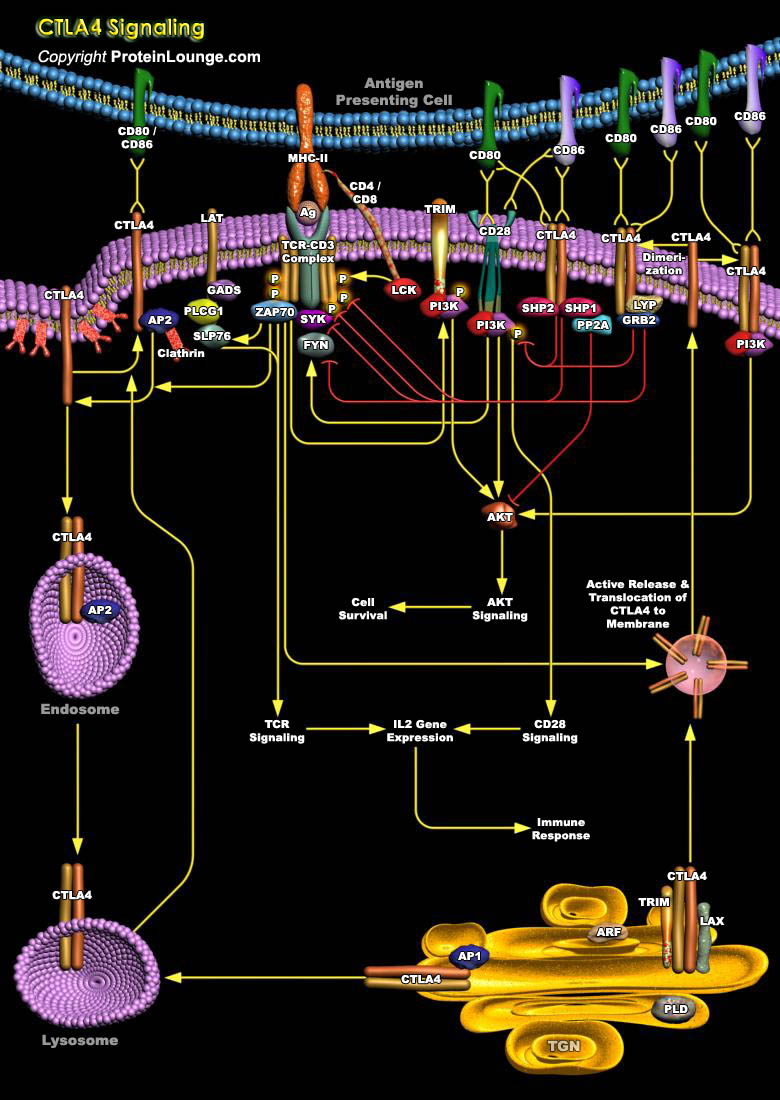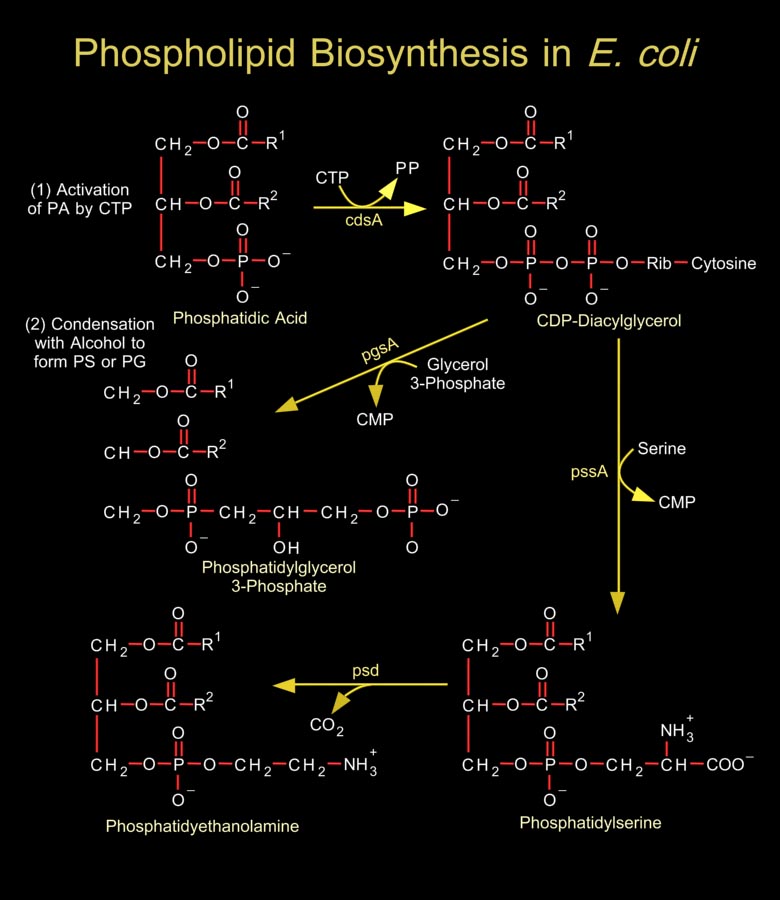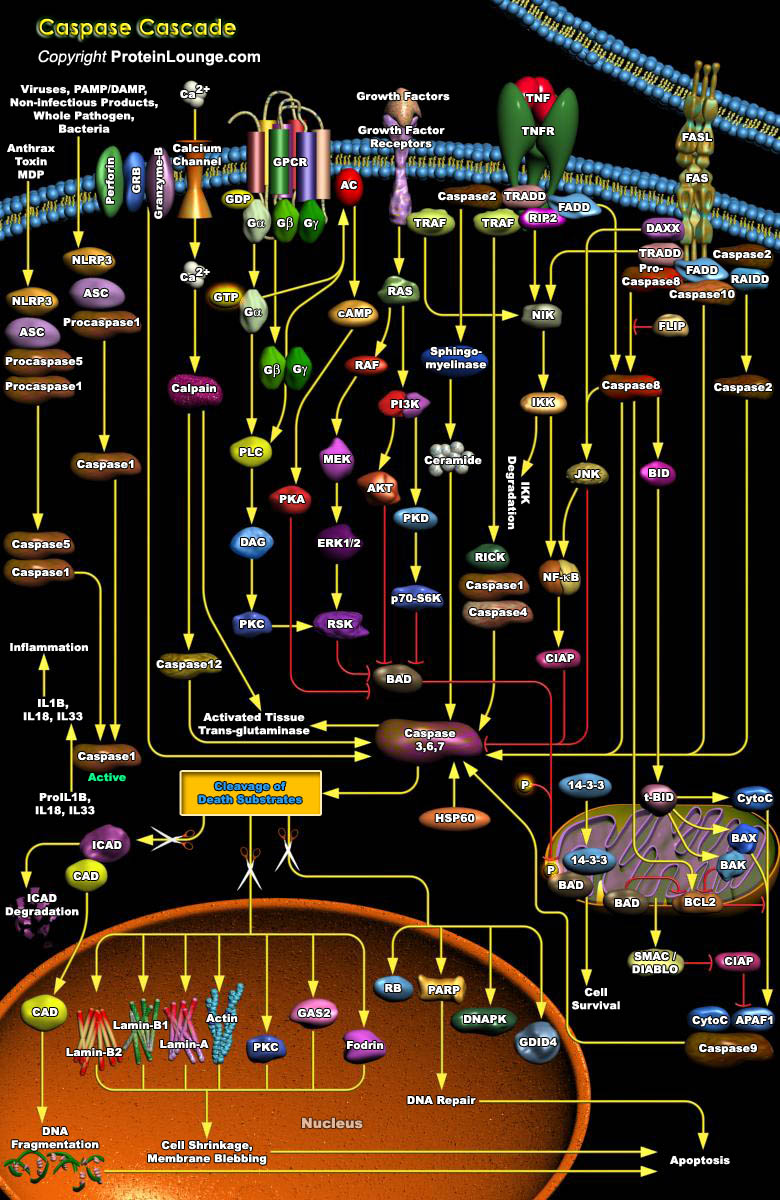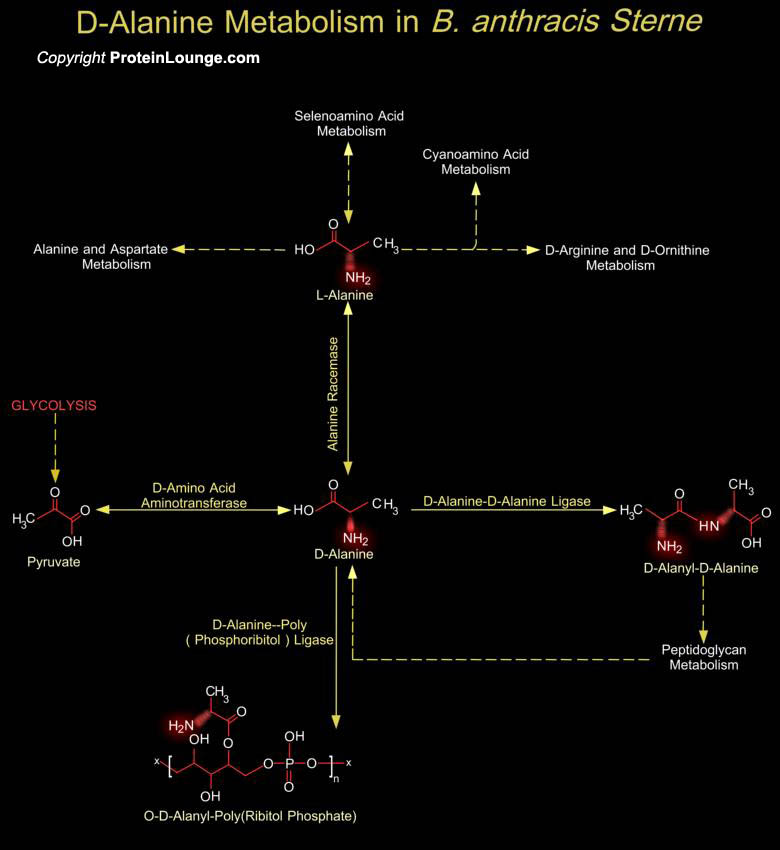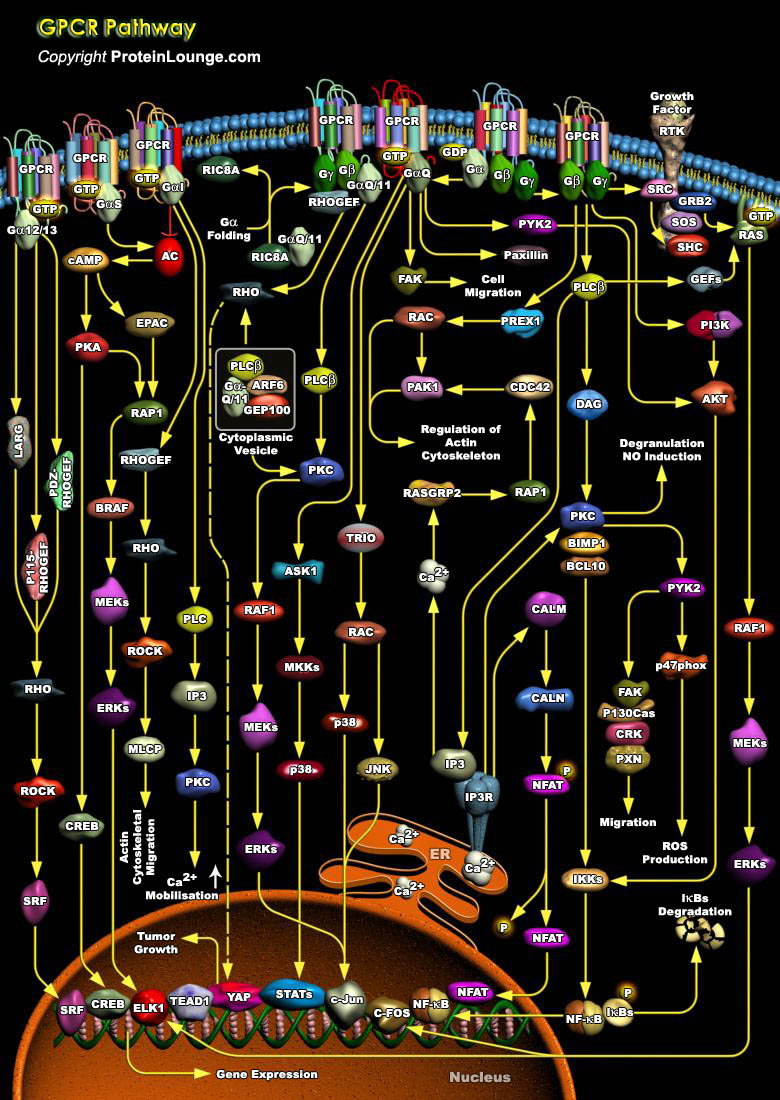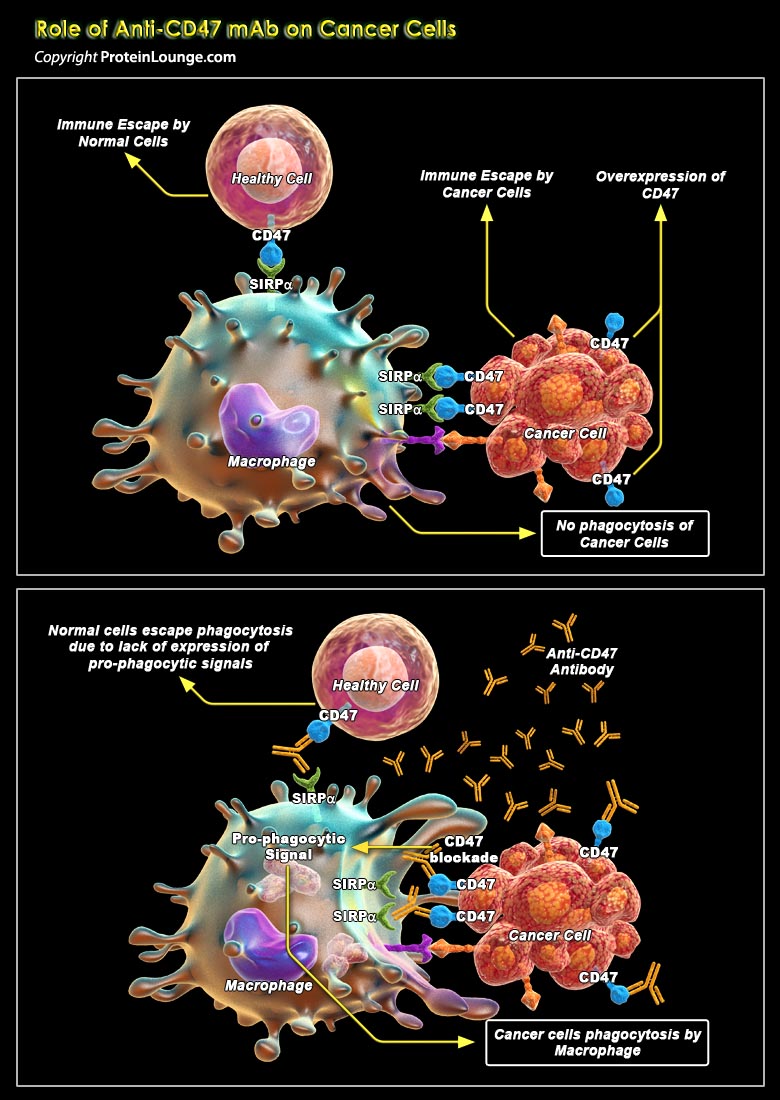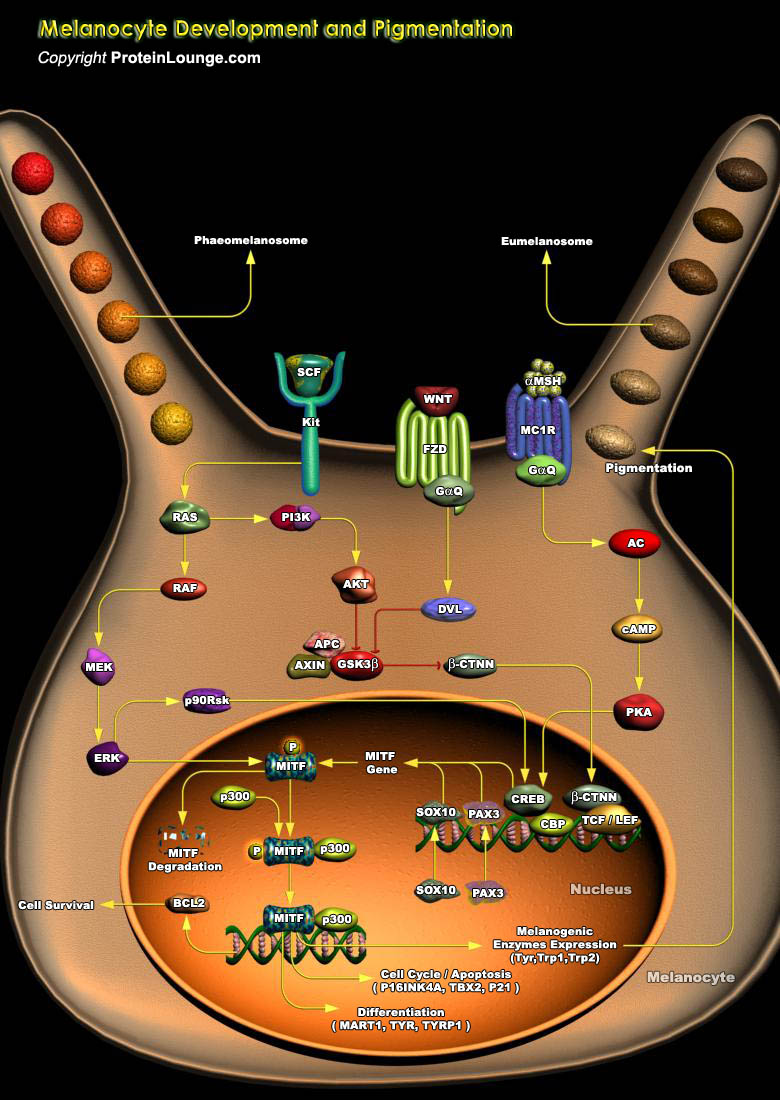Featured Pathways
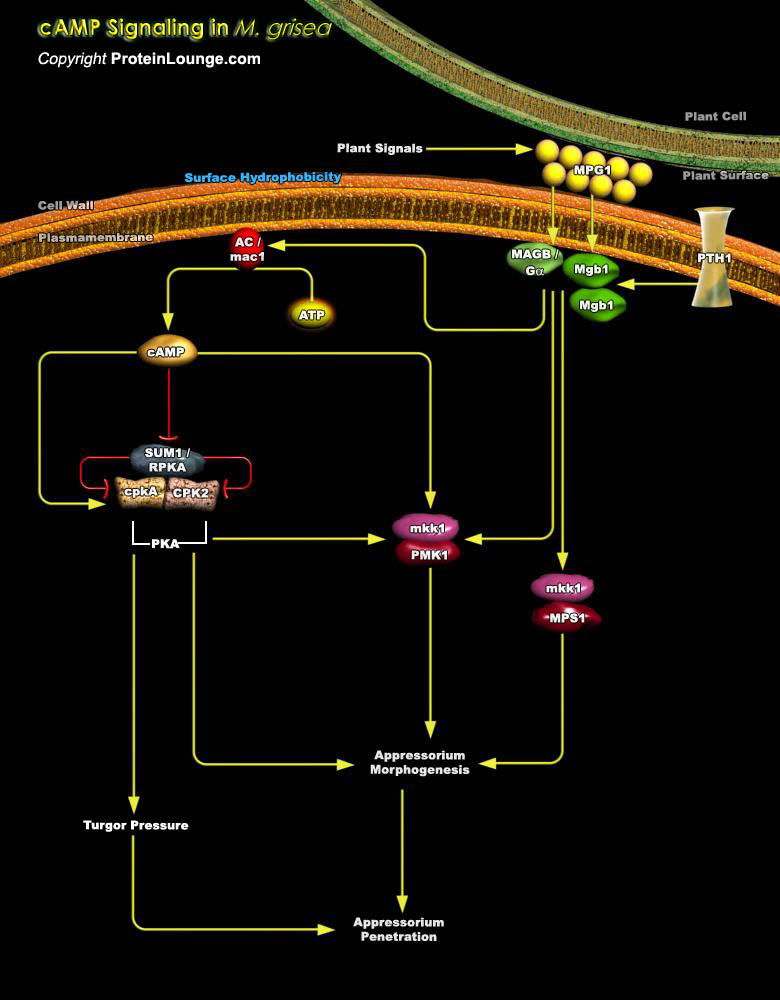
Magnaporthe grisea (M.grisea) is a plant-pathogenic fungus which causes rice blast which is a serious disease of rice plant. It is also known as rice blast fungus. M. grisea is a member of cryptic species complex that contains at least two species, M. grisea and Magnaporthe oryzae (M. oryzae). Strains isolated from Digitaria (e.g. crabgrass[..]
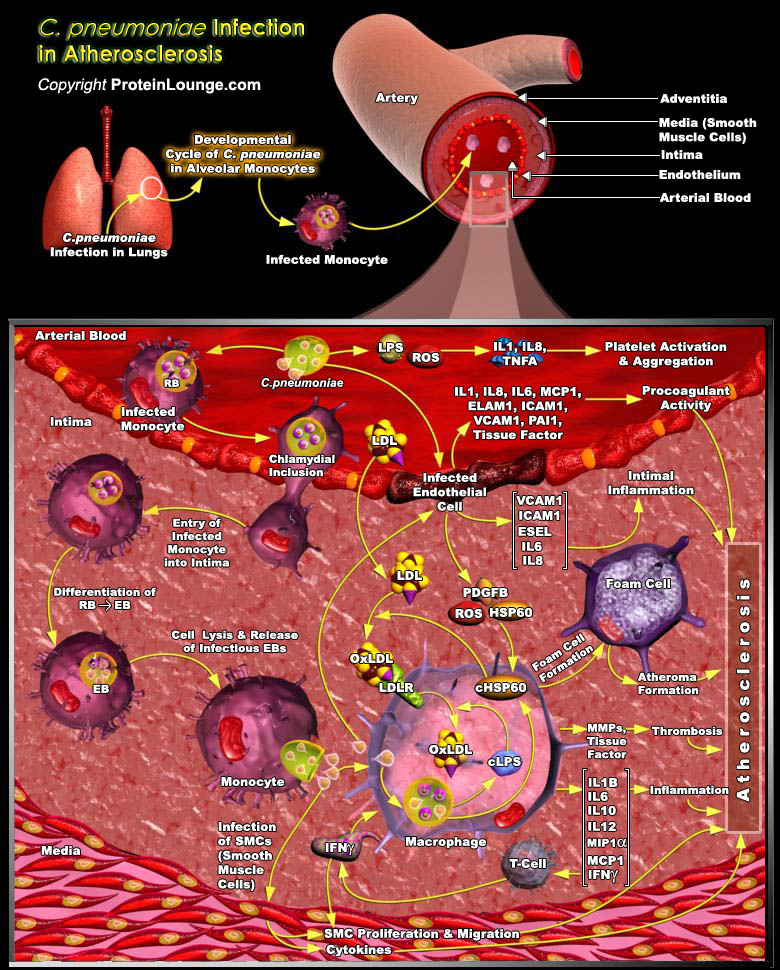
Atherosclerosis, the pathological basis of CAD (Coronary Artery Disease) and Ischemic Stroke, is the commonest cause of death and disability in the western world. Atherosclerosis is a multifactorial, highly complex disease with numerous aetiologies simultaneously and sequentially collaborating in subtle ways to affect lesion development, progression and maturation to an advanced,[..]
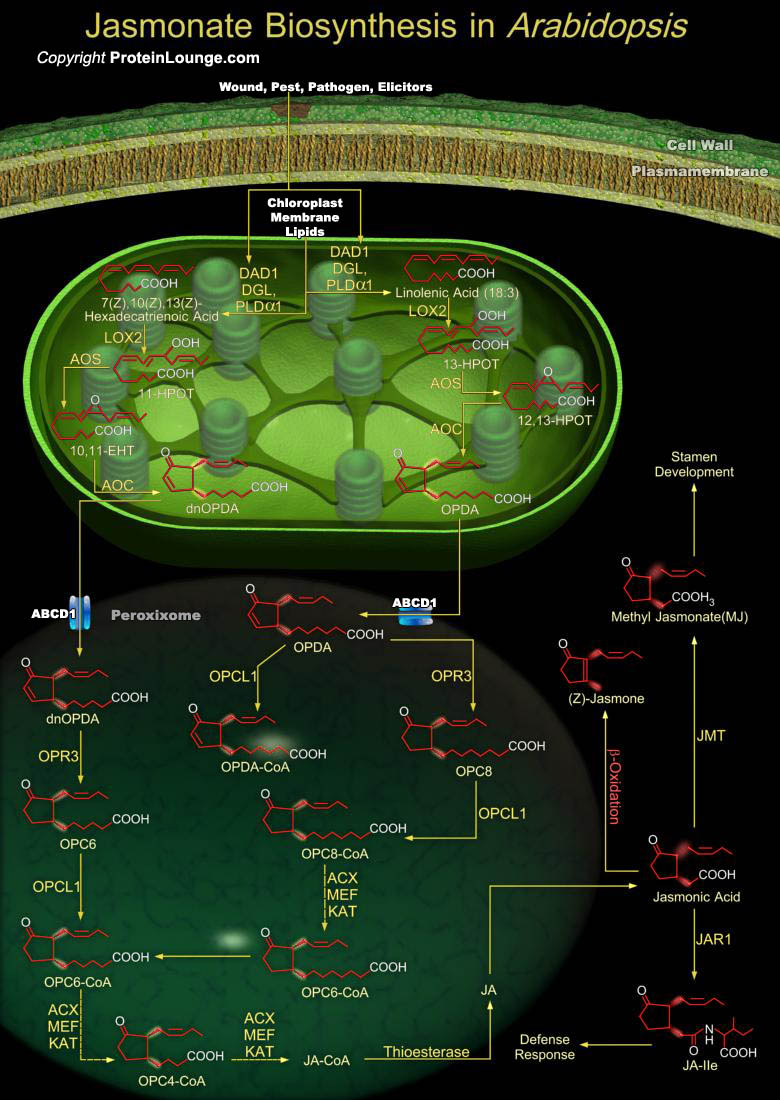
JAs (Jasmonates) are potent Lipid Regulators of Defense gene expression and act in development necessary for fertility. The Jasmonate Pathway performs critical roles in Plant Defense, Development, and Metabolism. Upon activation of plant immunity, several signaling events are initiated along with production of lipids and lipid related molecules including Phospholipids, sterols,[..]
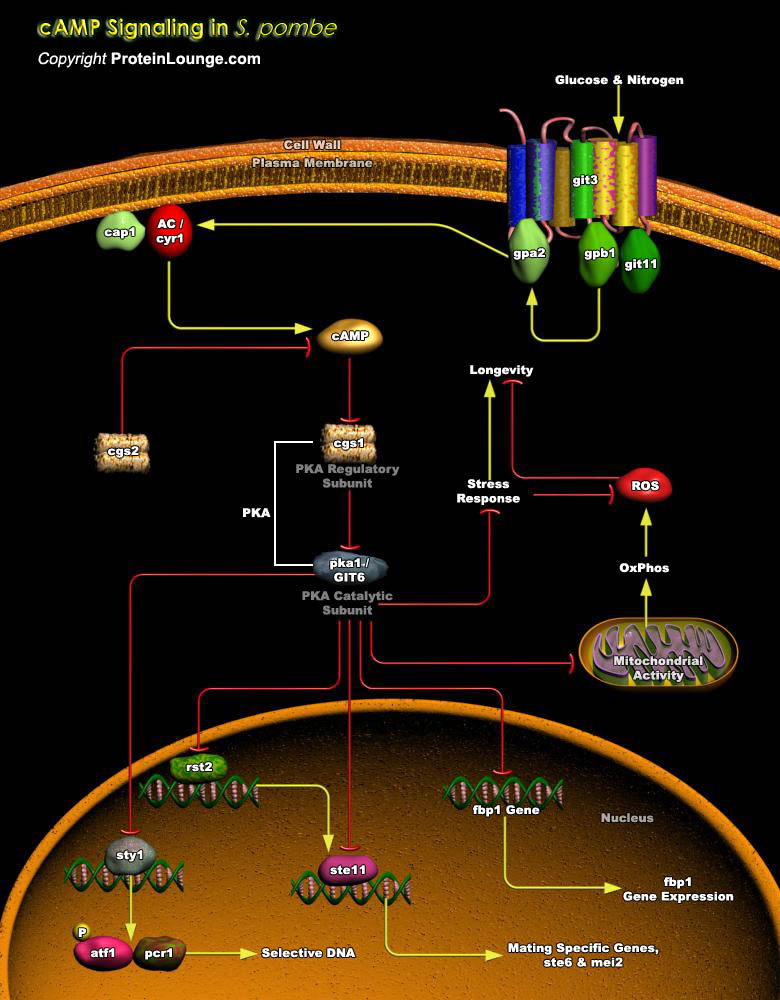
In most eukaryotic organisms, guanine nucleotide-binding protein (G protein) pathways play a critical role in extracellular environment sensing. The second messenger cyclic 3’-5’ adenosine monophosphate (cAMP) is important in G-protein mediated glucose sensing. In the fission yeast Schizosaccharomyces pombe (S.pombe), G-proteins produce cAMP via activation[..]
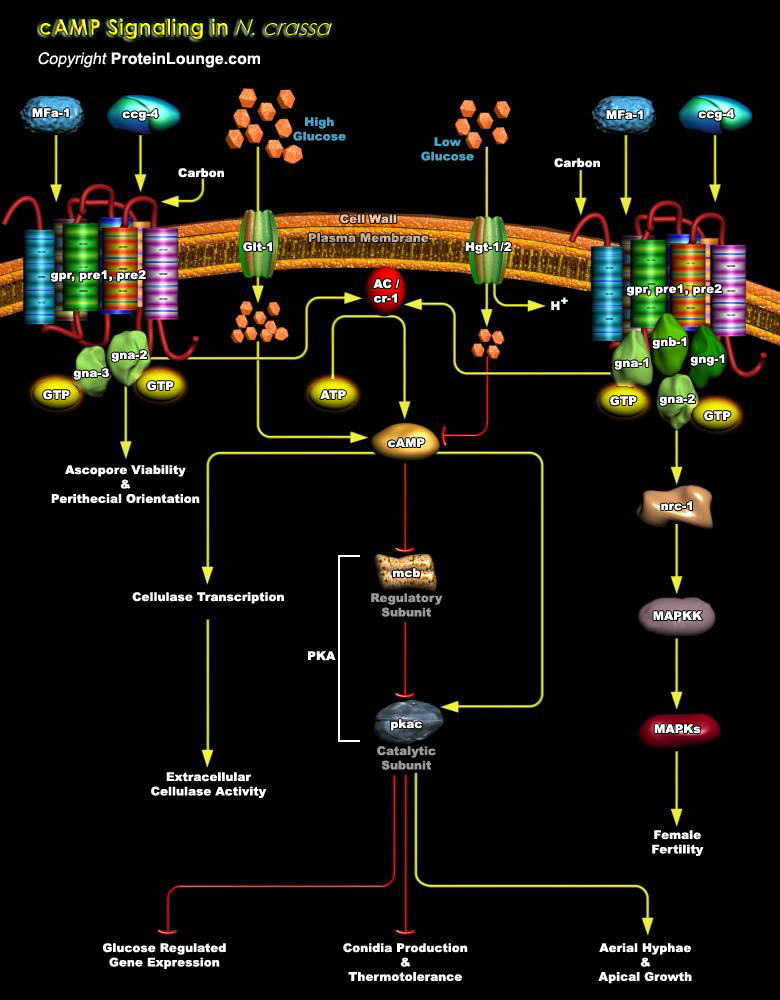
The ascomycete N.crassa (Neurospora crassa) is a heterothallic multicellular filamentous with perforated septa that has defined asexual and sexual cycles. It is generally used as model organism to study DNA methylation, mitochondrial protein import, circadian clock regulation and light sensing in eukaryotic organisms. N.crassa has two mating types, A and a. Under[..]
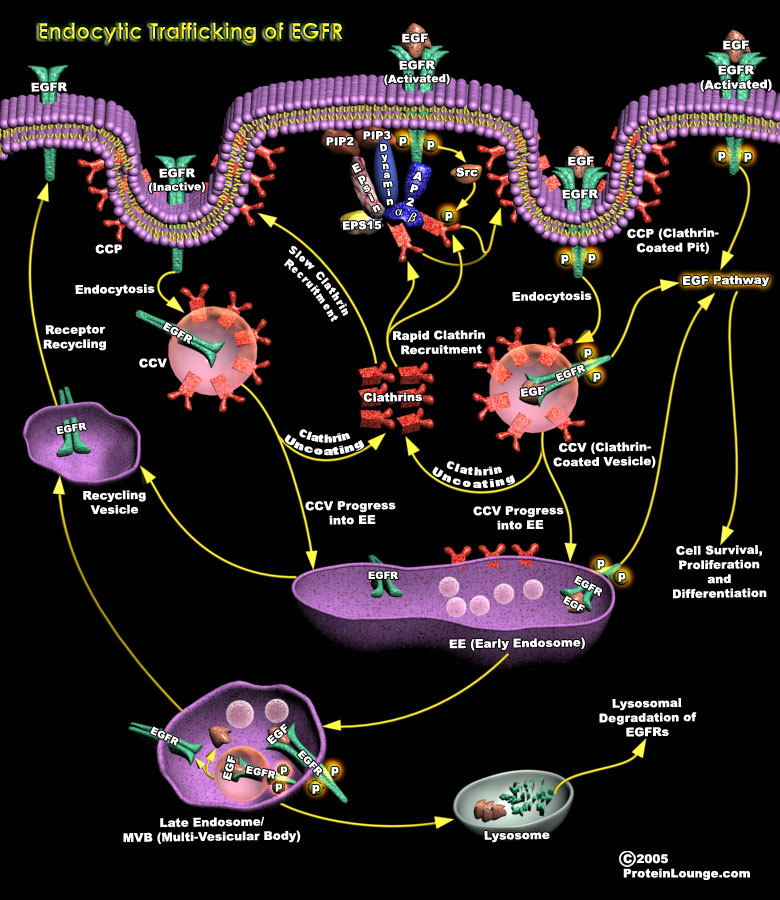
All cells need to interpret their environment. Efficient processing of signals from the extracellular milieu is achieved through dynamic signal-transduction systems. The components of this system that come into contact first with external signals are cell-surface receptors. RTKs (Receptor Tyrosine Kinases) comprise one large group of receptors that respond to polypeptide growth factors and have[..]
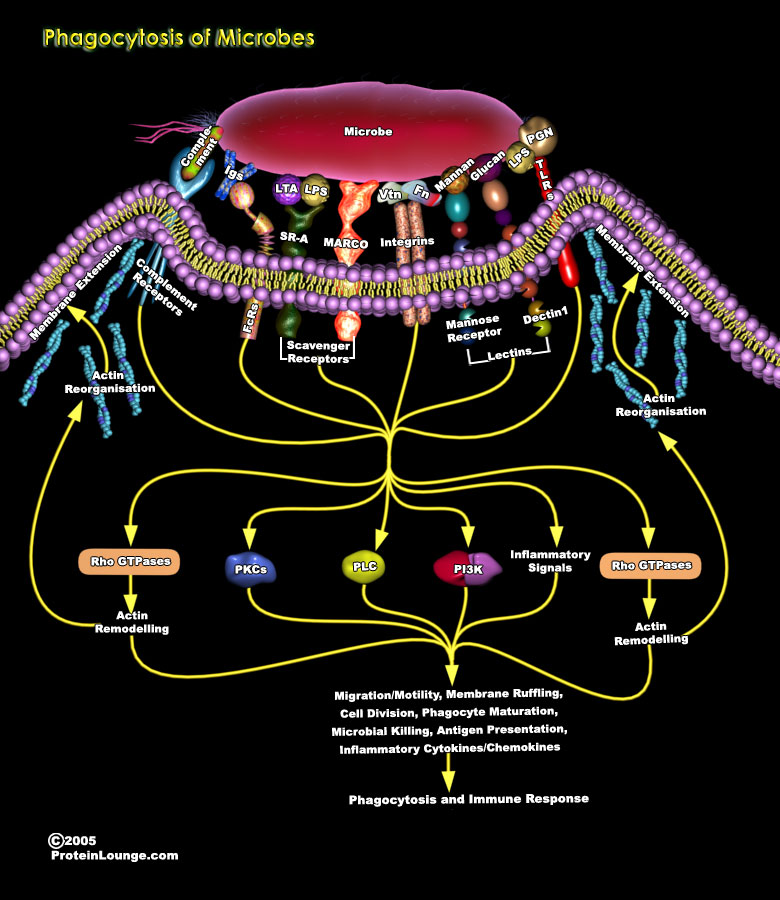
Phagocytosis is an important process for nutrition in unicellular organisms, while in multicellular organisms it is found in specialized cells called phagocytes. Phagocytosis consists in recognition and ingestion of particles larger than 0.5 𝜇m into a plasma membrane derived vesicle, known as phagosome. Phagocytes can ingest microbial pathogens, but importantly also apoptotic cells. In[..]
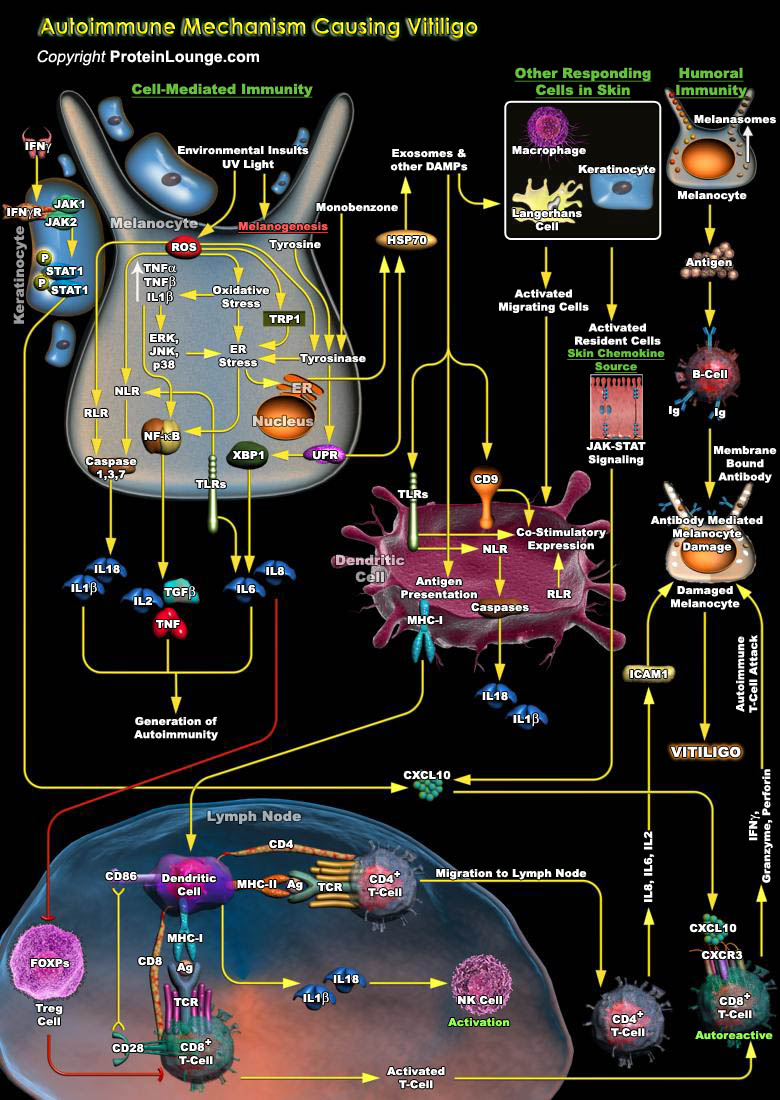
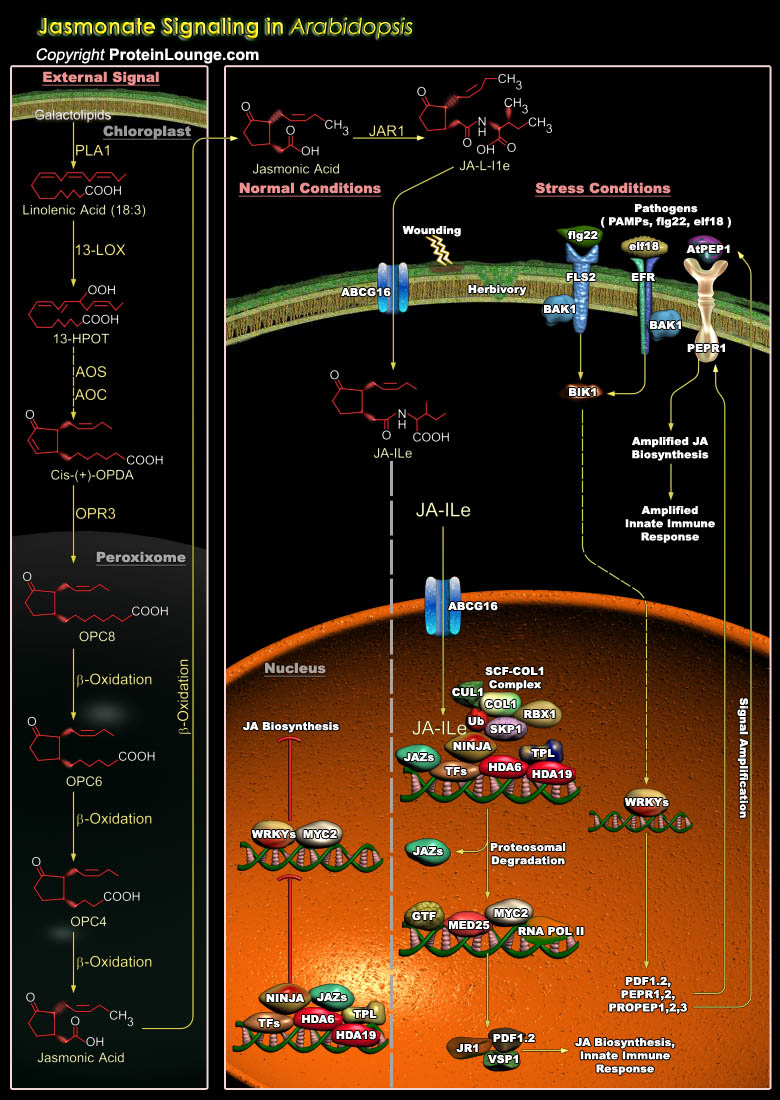
Plants respond to insect attack, defense against herbivory, and wound-healing by activating jasmonate family of signaling molecules. Jasmonic Acid (JAs) are plant hormones that regulate several physiological processes like defense responses to a variety of biotic and abiotic stresses, growth, development, fertility, and senescence. JAs can also[..]

Apoptosis (also called programmed cell death) is a cellular death program that is inherent to all mammalian cells and plays an important role in the regulation of various physiological and pathological conditions. It serves to eliminate any unnecessary or unwanted cells and is a highly regulated process. There are a wide variety of conditions that will result in the apoptotic pathway becoming[..]
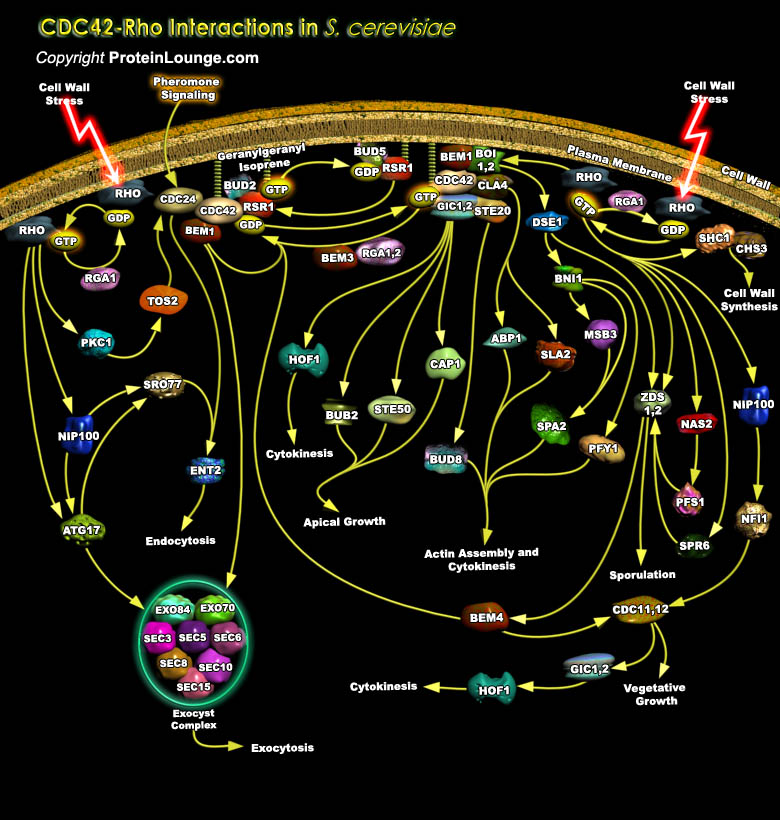
Cell Polarity is an essential characteristic of virtually every cell type. The budding yeast S. cerevisiae (Saccharomyces cerevisiae) has been critical for elucidation of proteins and mechanisms that underlie Cell Polarity development. Polarized Growth is mediated by a series of steps involving cortical landmarks, Rho GTPases and a polarized Actin cytoskeleton. Actin cortical patches are[..]
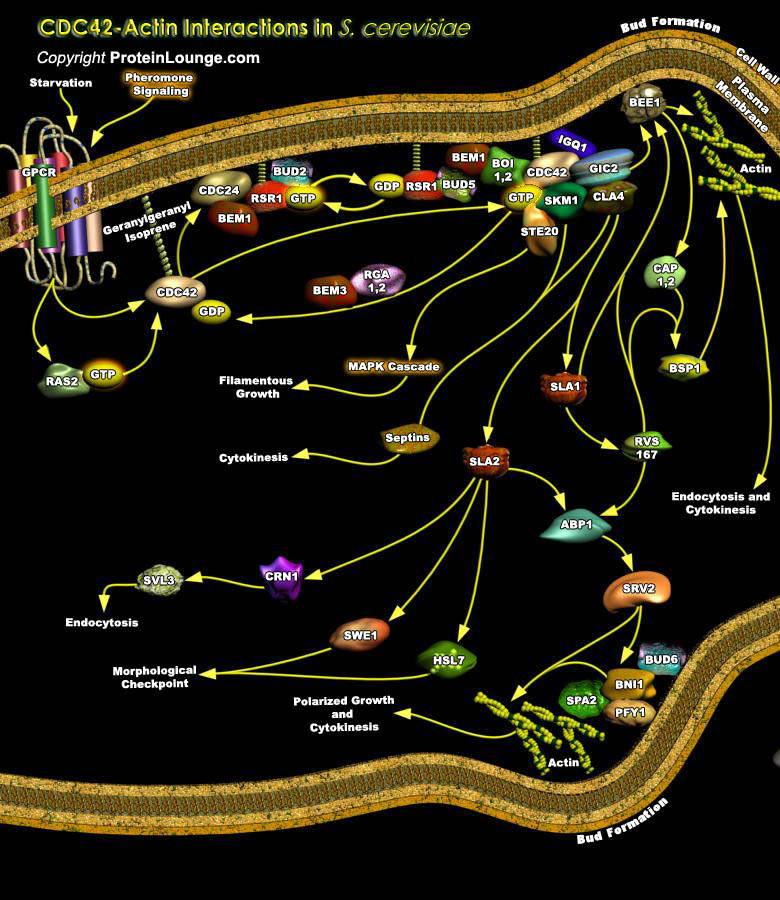
Actin cortical patches are one of the major cytoskeletal structures in yeast and are essential for normal Endocytosis, Cell Growth and Morphology. Actin cortical patches are associated with invaginations of the plasma membrane and occur in polarized clusters at regions of cell growth in budding cells (Ref.1). Patch Assembly probably begins with the association of assembly factors recruited to[..]










